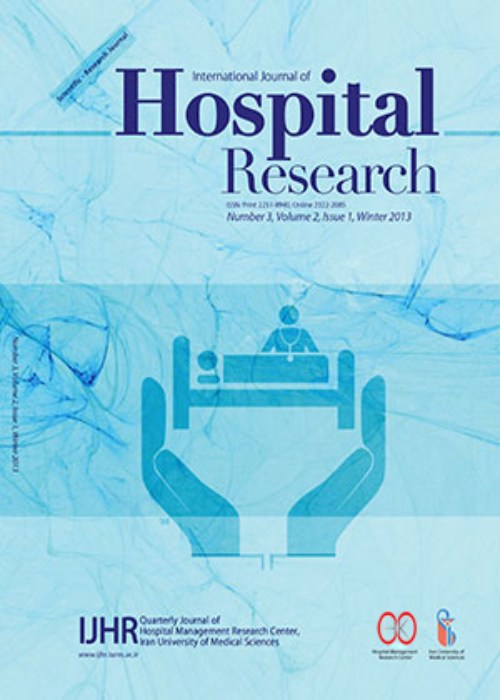"Hospital cost reduction modeling thorough scenario planning in system dynamics"
The rising trend of hospital costs as a significant share of healthcare system costs is one of the challenges facing hospital managers today. Hospital as a complex organization includes many factors such as human resources, patient flow and performance indicators and therefore faces a variety of management processes. Hospital costs as part of the in-hospital cash flow are affected by a large number of variables that change over time and interact with each other. This study aimed to provide a model for hospital costs based on the internal behavior of the system in order to control costs.
The research method of the paper is descriptive-analytical. Considering the complex and dynamic nature of the system, a model was designed and presented using the system dynamics approach. Data were collected using interview methods and reviewing past studies. To run the proposed model the computer software (Vensim DSS 6.4E) was employed. After testing the model, six scenarios were defined based on the presented model and its subsystems (financial flow, patient flow and employed nurses) to reduce costs, which include: reducing the average length of stay, increasing the staff productivity, reducing the intensity of hospital care, reducing clothing consumption, modifying the hospital nutrition process and finally the simultaneous implementation of all the above. This system dynamics model integrates all of these subsystem's effects rather than considering them individually which is the strength of system dynamics modeling.
The first scenario, while reducing the total cost by 3.8%, increased the bed admission ratio by 6.5%. It should be noted that this scenario increased the hoteling cost by 2%. The second scenario resulted in a 10% reduction in total cost. The third scenario saved 9% of the total cost. The fourth and fifth scenarios reduced costs 1.5% and 7.5%, respectively by reducing overhead costs. The results showed that the sixth scenario is the most effective policy. It reduced the total cost and the hoteling cost by 26% and 22%, respectively.
Findings indicate that the hospital will face a reduction in cost compared to the current situation by using any of the scenarios but it will see a further reduction with the simultaneous implementation of the scenarios while controlling the cost of hoteling. Based on the results any development in surgery department capacity must be accompanied by a suitable cost control policy.
- حق عضویت دریافتی صرف حمایت از نشریات عضو و نگهداری، تکمیل و توسعه مگیران میشود.
- پرداخت حق اشتراک و دانلود مقالات اجازه بازنشر آن در سایر رسانههای چاپی و دیجیتال را به کاربر نمیدهد.



